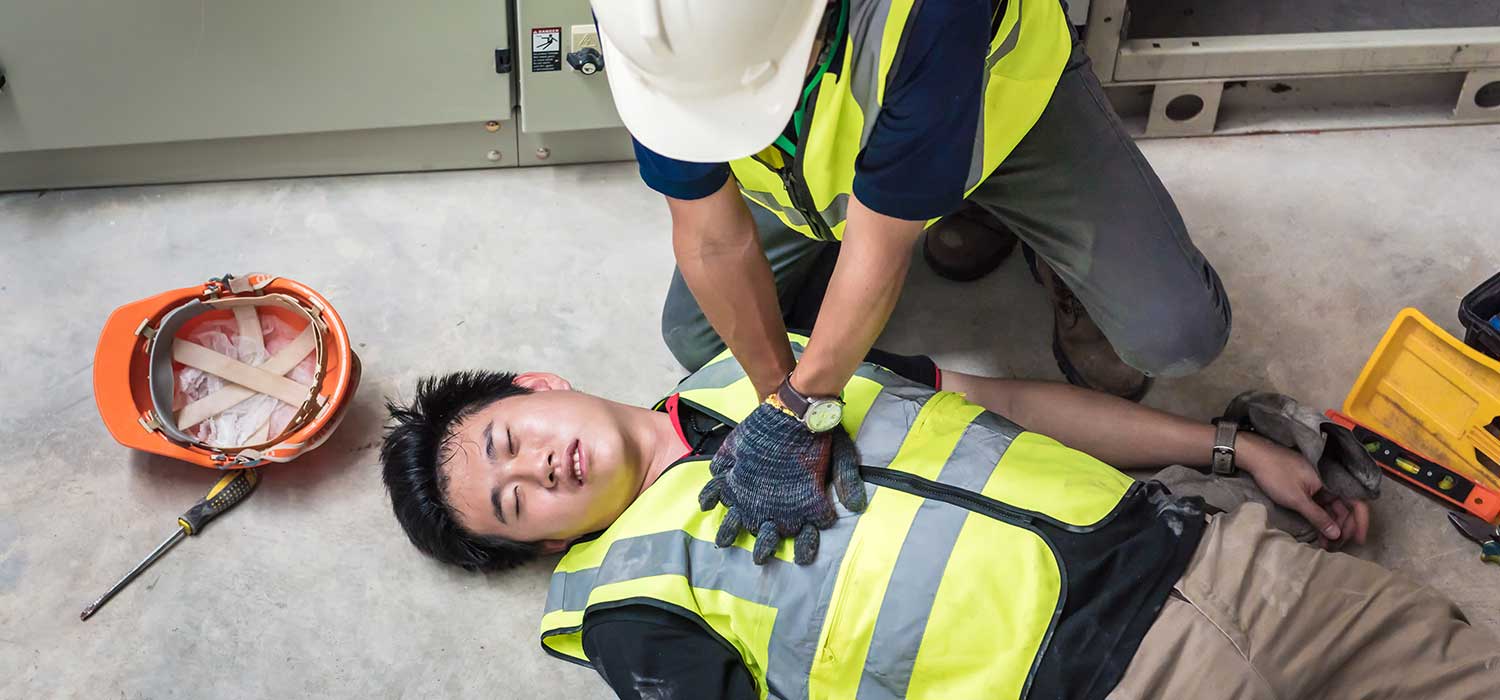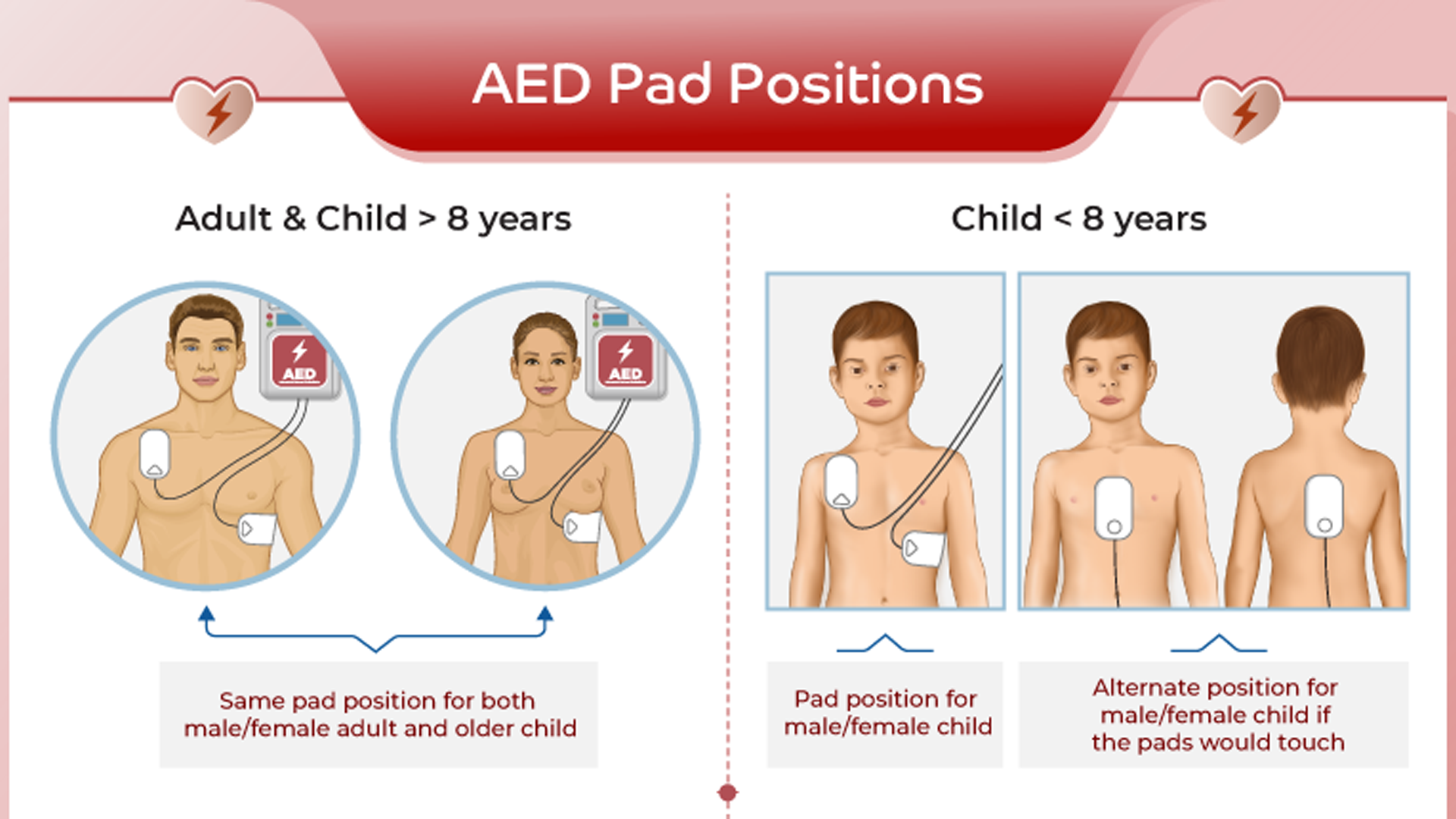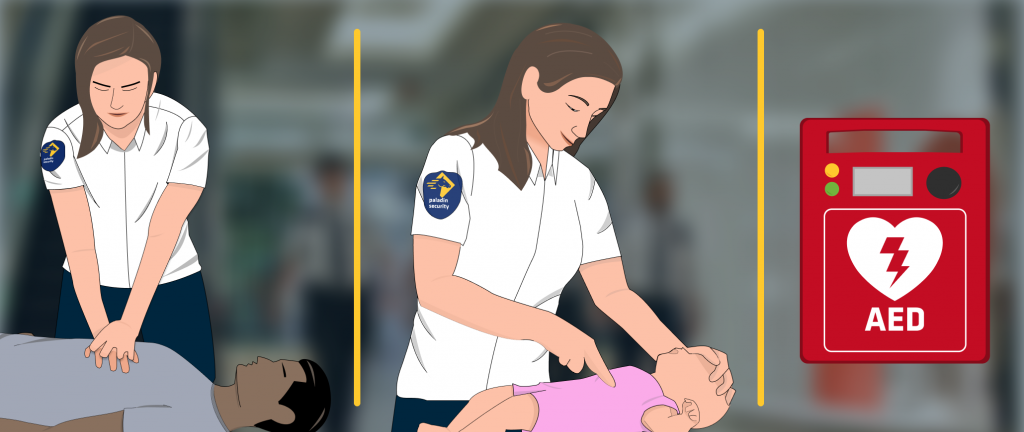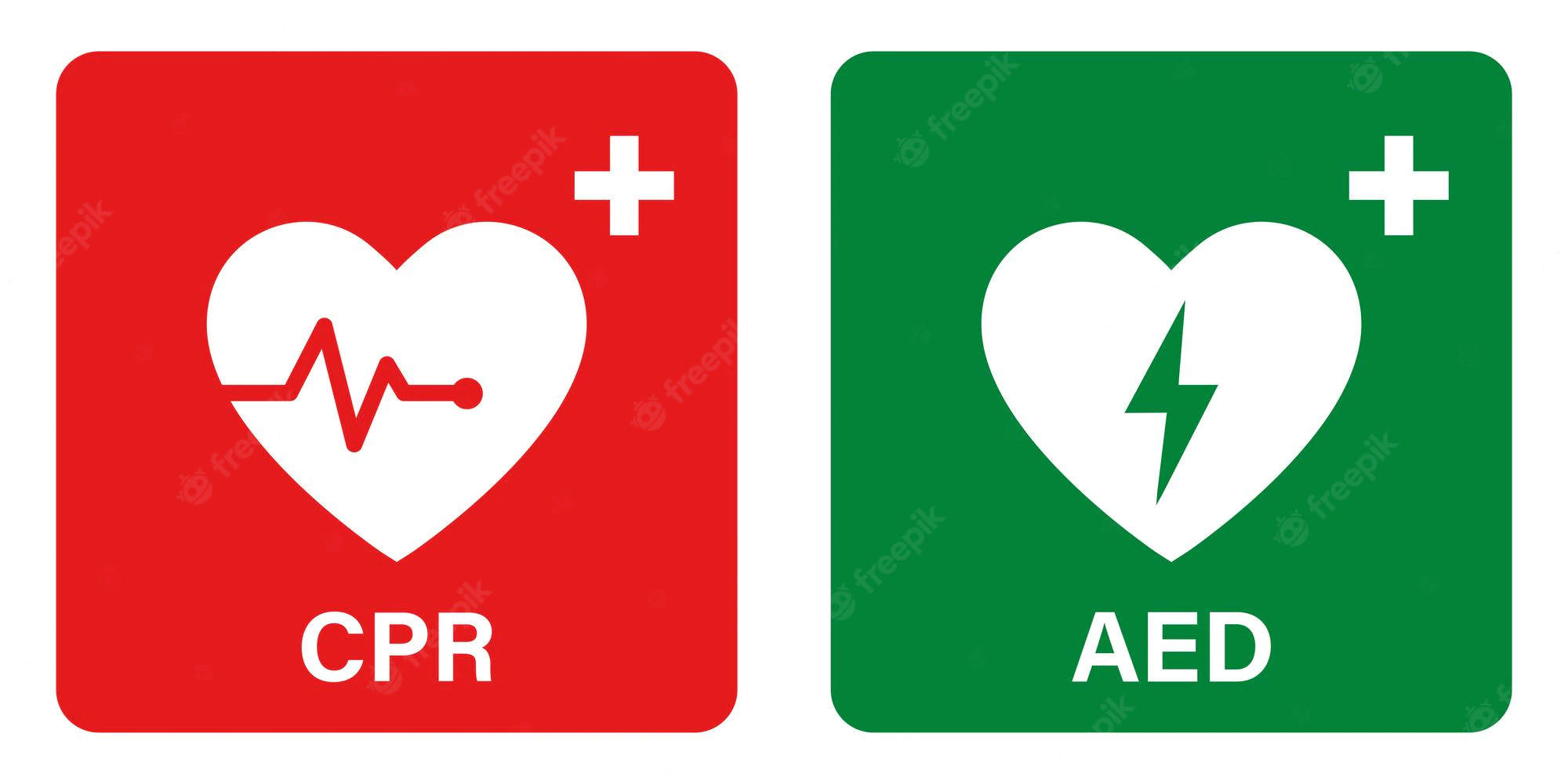By Frangiska Mylona,
In our minds, when we hear the word ”hero” we immediately think about the fictional characters in the comics and television with their supernatural powers that can lift a building or enable them to fly even to outer space. However, in real life, the heroes are the people that can positively affect their fellow human beings in the least to the most severe situations, by saving their lives in times of need. No matter how outrageous or bold this thought is, it can become true and possible.

Firstly, we need to try to imagine that in the everyday life there are so many incidents that are likely to occur; from small injuries to massive accidents that can place someone in a crucial situation. These sound horrible, however, they should not be terrifying since if we encounter an incident where someone is unconscious, we can be able to help them without, even the slightest, medical education! The only thing that is mandatory to do is to follow some simple rules.
Therefore, if someone has collapsed we always need to follow these steps:
1) Always check the patient’s surroundings to ensure that it is a safe area before you approach.
If this is a safe space, call for help by dialing the emergency numbers (for instance in Greece for medical incidents we dial ‘’166’’).
2) Stand next to the affected person and shake them carefully and ask them questions like ”Are you alright?”, or ”Can you hear me?”. If they are unresponsive, it means that the patient needs immediate care.
At that point it is advisable to follow the simple mnemonic that can guide us in our first steps; ABCD, where:
● A stands for airway,
● B stands for breathing,
● C stands for circulation,
● D stands for defibrillation.
Now we analyze each step carefully.

For A (airway), gently, lift the patient’s chin, which enables the area to open. This maneuver will be successful if the obstruction is a result of the relaxation of the tongue and the soft tissues. If it does not help, it means that something else is the underlying cause.
For B (breathing); at that point, you should look, listen and feel. More specifically:
● Look for chest movements.
● Listen for normal breathing sounds.
● Feel their breath against your face.
Do this for approximately 10 seconds and if there is no sign of breathing, you need to start performing CPR (cardiopulmonary resuscitation). Also, keep in mind that occasional gasps (like irregular breath sounds) should not be considered normal breathing.
For C (circulation); the circulation of blood in our bodies is essentially the element that keeps us alive. Hence, if their heart has stopped beating, CPR will maintain circulation in the affected person. How to perform CPR:
A) Position yourself next to the patient.
B) Press the heel of one hand at the center of the chest, and then place your other hand on top of it and lace your fingers together.
C) Position your shoulders directly over your hands.
D) Keep your arms as straight as possible.
E) Push hard and fast so that the chest can be compressed for at least 5 cm. Always perform CPR with a standard rhythm; 30 chest compressions with a pace of 100 per minute.
F) If you have been trained, you can provide the patient with two rescue breaths every 30 chest compressions. This is performed by pinching their nose shut and making a complete seal over their mouth. Blow in for about 1 second to make the chest rise.
G) If their chest does not rise, do not stop the chest compressions until the ambulance arrives. If you feel tired you can swap over with someone else but keep in mind that the chest compressions must not be stopped!
3) For D (defibrillation); sometimes, in some public areas, it is possible to find an easy-use defibrillator that is called an “automatic external defibrillator” or AED. This machine will talk you through the steps and will even analyze the heart rhythm. When appropriate, it will deliver an electrical shock to the heart to restore muscle contractions and return to its normal rhythms.
An AED system includes the AED unit plus its accessories — pad electrodes, a battery, and, if applicable, an adapter. Therefore if you find it available do not hesitate to use it. This defibrillator machine should be used only for adults and children after the eighth year of age. Even though pediatric AED exists, they are rare to be found publicly.
Variations of the CPR
It is crucial to realize that we cannot perform this technique in every patient in the same way. As it is understood, if a child or an infant is found in this unfortunate position, we need to slightly change our technique and exert less force so that we will not harm them.
About children
●Kneel next to the child. If they are unresponsive, place one of your hands (and more specifically the heel) at the center of their chest.
● Press hard and deep for 5 cm and follow the same rhythm; 30 chest compressions with a pace of 100 per minute and two rescue breaths in each of 30 chest compressions

About infants
- To check if the infant is responsive, flick the sole of their feet and check for any indication that they are conscious.
● If not, start performing CPR by placing two fingers on the infant’s chest. Perform again 30 chest compressions with the same pace, but remember that you have to push for 3-4 cm deep and again perform rescue breaths.
All of us can save a life in an emergency. Even if you cannot believe it at that moment, you have to realize that in yourself there is a hero more powerful and more capable than anyone that has ever been depicted before in the fictional reality. The only things you need to remember are the ABCDs and CPR!
References
- Free Online First Aid, CPR and AED courses. firstaidforfree.com. Available here
- CPR and First Aid. cpr.heart.org. Available here




